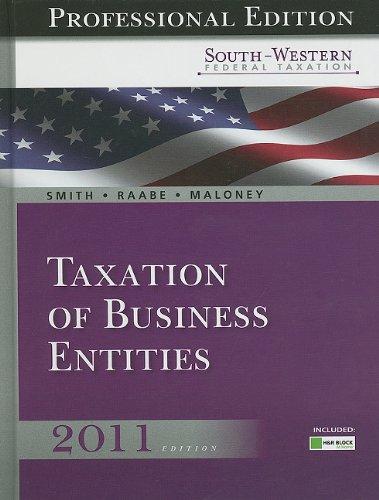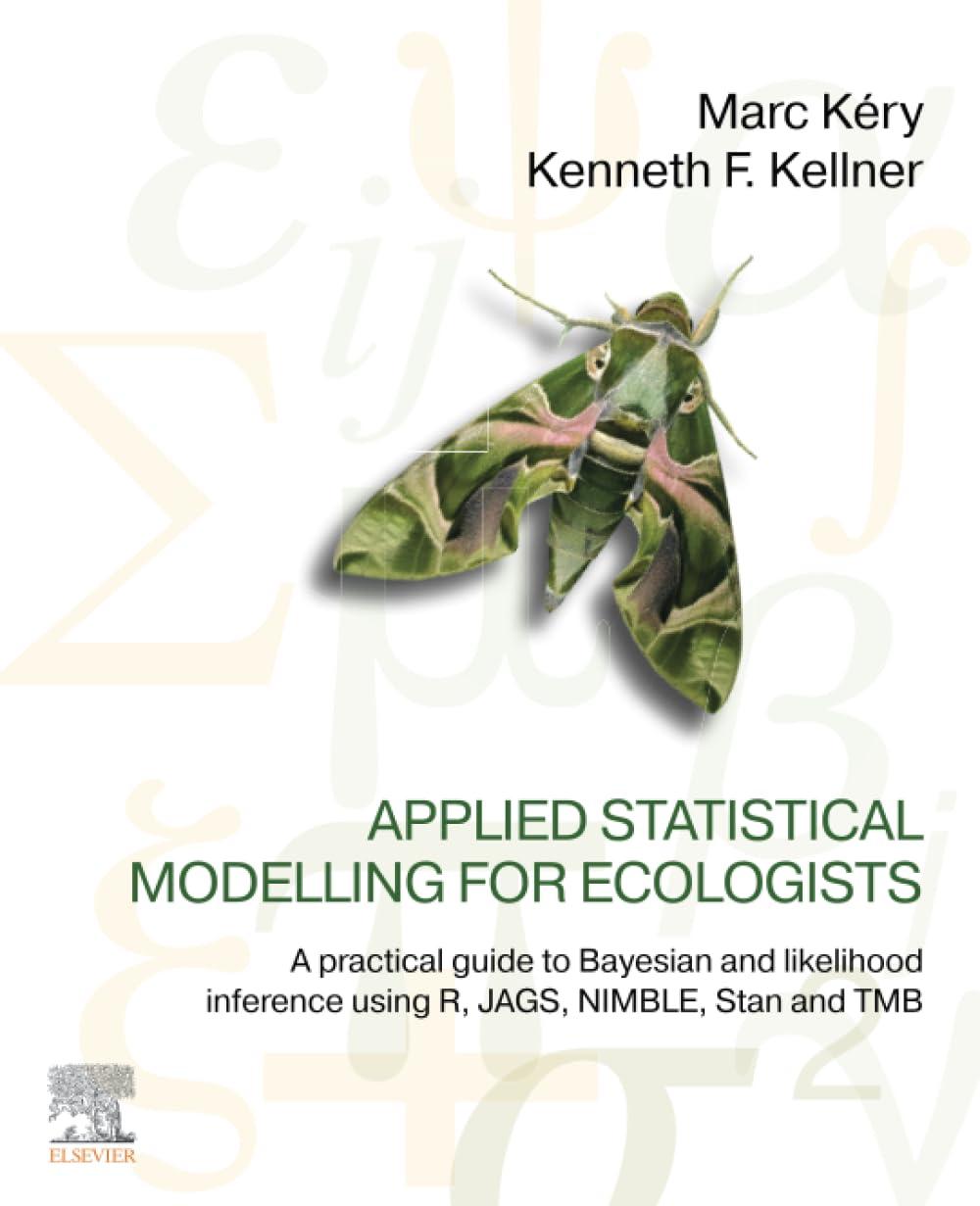Go back


Introduction To Databases From Biological To Spatio Temporal(1st Edition)
Authors:
Peter Revesz

Cover Type:Hardcover
Condition:Used
In Stock
Shipment time
Expected shipping within 2 DaysPopular items with books
Access to 30 Million+ solutions
Free ✝
Ask 50 Questions from expert
AI-Powered Answers
✝ 7 days-trial
Total Price:
$0
List Price: $92.57
Savings: $92.57(100%)
Book details
ISBN: 1447125339, 978-1447125334
Book publisher: Springer
Get your hands on the best-selling book Introduction To Databases From Biological To Spatio Temporal 1st Edition for free. Feed your curiosity and let your imagination soar with the best stories coming out to you without hefty price tags. Browse SolutionInn to discover a treasure trove of fiction and non-fiction books where every page leads the reader to an undiscovered world. Start your literary adventure right away and also enjoy free shipping of these complimentary books to your door.
Book Summary: Introduced forty years ago, relational databases proved unusually succe- ful and durable. However, relational database systems were not designed for modern applications and computers. As a result, specialized database systems now proliferate trying to capture various pieces of the database market. Database research is pulled into di?erent directions, and speci- ized database conferences are created. Yet the current chaos in databases is likely only temporary because every technology, including databases, becomes standardized over time. The history of databases shows periods of chaos followed by periods of dominant technologies. For example, in the early days of computing, users stored their data in text ?les in any format and organization they wanted. These early days were followed by information retrieval systems, which required some structure for text documents, such as a title, authors, and a publisher. The information retrieval systems were followed by database systems, which added even more structure to the data and made querying easier. In the late 1990s, the emergence of the Internet brought a period of relative chaos and interest in unstructured and “semistructured data” as it wasenvisionedthateverywebpagewouldbelikeapageinabook.However, with the growing maturity of the Internet, the interest in structured data was regained because the most popular websites are, in fact, based on databases. The question is not whether future data stores need structure but what structure they need.
Customers also bought these books
Frequently Bought Together
Top Reviews for Books
Myriam Vanegas
( 4 )
"Delivery was considerably fast, and the book I received was in a good condition."










